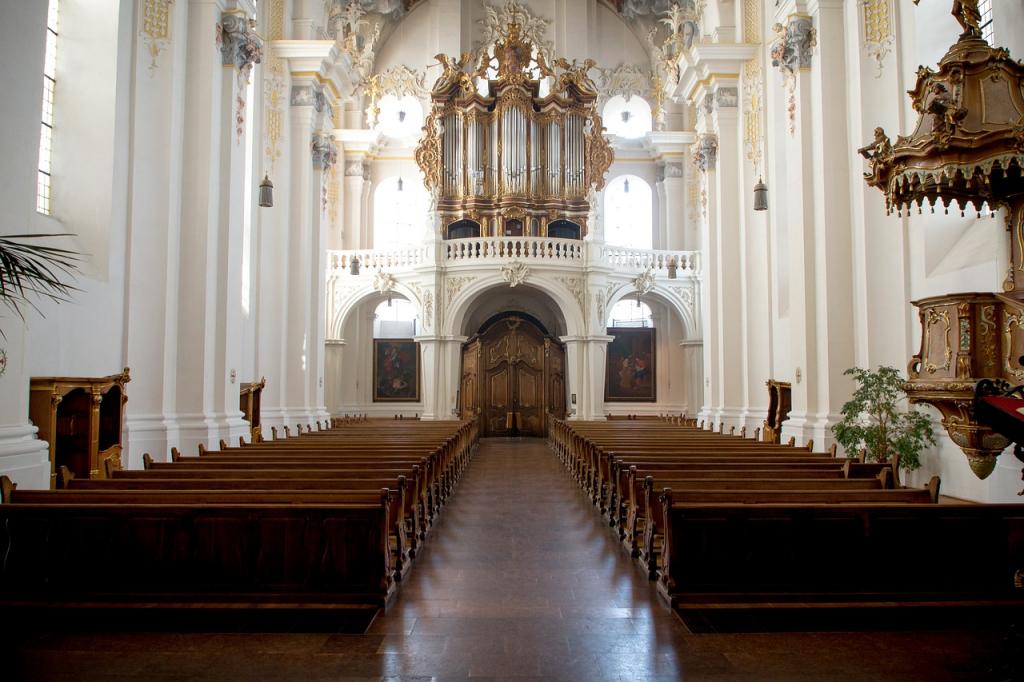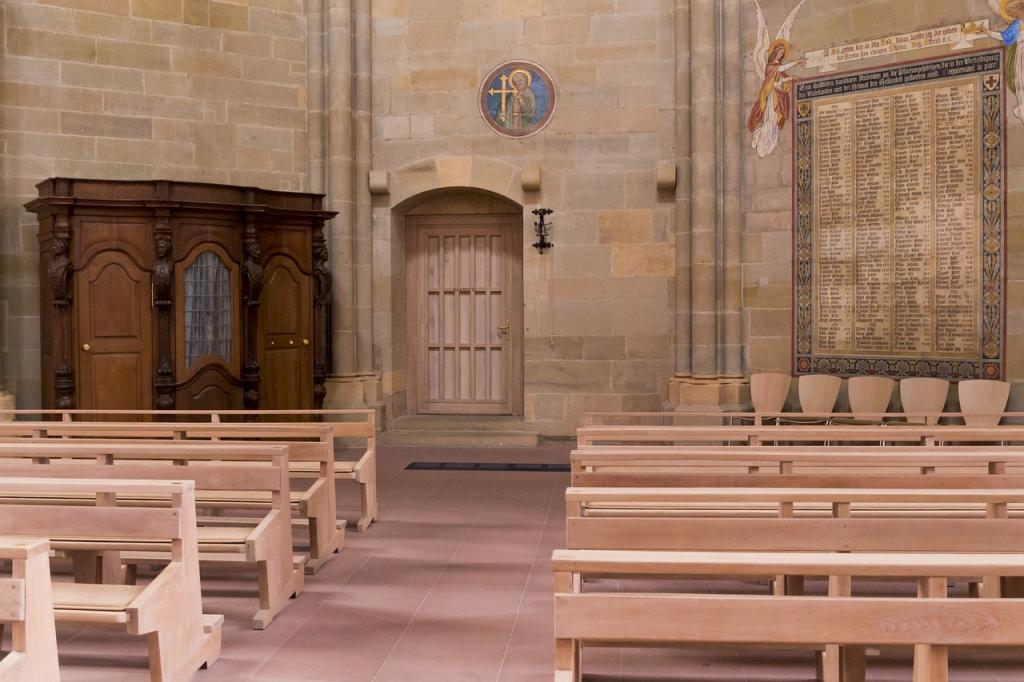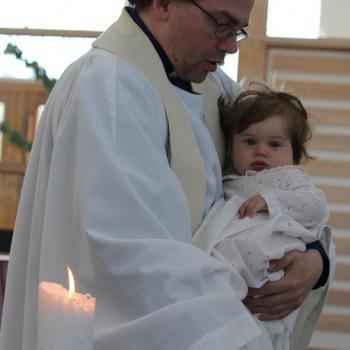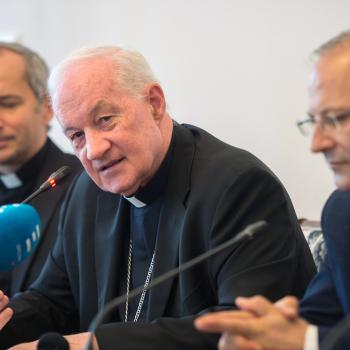
The Diocese of Trier in Germany will reduce its number of parishes from 172 to 35 by the year 2020, according to an announcement made by Bishop Stephan Ackermann on February 16. The reorganization of the local Church in the Moselle wine region in the western part of the country comes after other dioceses in Germany, Austria, Luxembourg, Ireland, the Netherlands and numerous other European countries have made similar plans to more than halve the number of local churches that provide Masses and other pastoral care initiatives to their communities.
In comments published on the diocesan website, Bishop Ackermann said that although structuring the Church around the parish unit is a model that “has been integral to Western Christian civilization, it’s also faced profound and rapid change”. “This has necessitated new models and stronger network systems. We simply cannot continue as in the past“, said the bishop.
In an interview with the Catholic News Service, diocesan spokeswoman Judith Rupp said the remodelling in Trier had come about not only because of inefficiency around “administration and structural issues” but also because of Pope Francis’ repeated calls for the faithful to exercise a “missionary creativity”. “The great challenge for Christians in our own diocese is a pastoral one”, explained Rupp. “We want to focus more strongly on people’s needs and integrate the charisms of the baptized into church life more than before”.
In each new parish, priests, deacons and full-time lay pastoral ministers “will all work on different issues and tasks”, continued the spokeswoman, acknowledging that although “not everyone agrees with our plan” and “many still need convincing”, “overall… the faithful understand the needs for a comprehensive reform”.
“We’re trying to change the image of the parish more radically than other dioceses, by introducing a highly pluralistic pastoral framework”, said Rupp. “Changes are plainly required in the Church’s life and structures”.
Big changes in Europe
That “changes” are needed in the “Church’s life and structures” in the face of rising operational costs the massive decline in active Church membership that has snowballed in the past decade is something of an understatement. The details provided by the CNS of some of the other diocesan reorganizations planned or currently underway in Europe make for sobering reading:
– Berlin: 105 parishes to be reduced to 35 “pastoral spaces”, with unused churches to be sold off and 40% of clergy and lay staffers reassigned, thereby alleviating some of the Diocese’s $140 million debt
– Vienna: 660 parishes to be merged into 150 hubs served by a handful of priests
– Luxembourg: 274 parishes reduced to 33
– Clogher, Ireland: 37 parishes cut to 14 “pastoral areas” coordinated by teams of just two priests and six laypeople
– Utrecht: 326 parishes to just 48 hubs in which only one church will serve as a “eucharistic center”
What to think then about the clearly widespread phenomenon of such drastic reorganizations in the Church? Diocesan leaders in these places most affected by the harsh cultural and demographic realities of the 21st century are to be congratulated for their willingness both to cut costs and also to recognize that the infrastructure of centuries past will not serve to carry out the New Evangelization so desperately needed in Europe today. The biggest advante I see in these plans, however, is the greater role in Church life that they will give laypeople: an asset far more valuable to Catholicism even than the monumental church buildings in which they congregate and worship.













